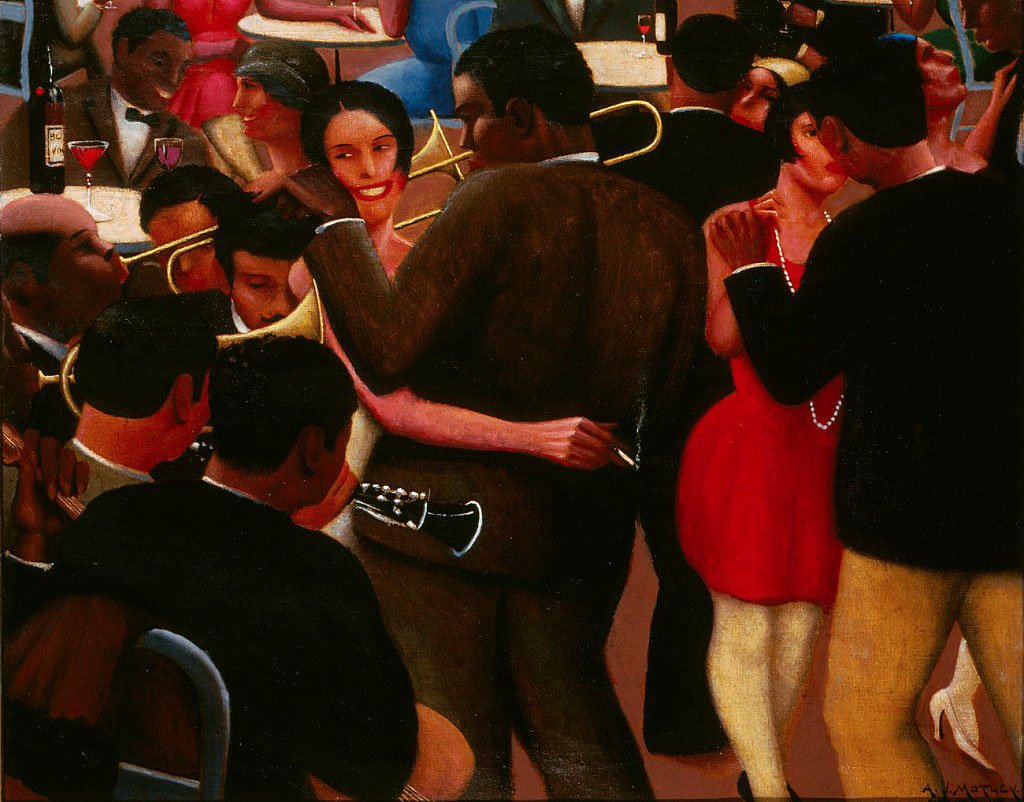Inwood Hill Park
Our New York City jaunt begins at Inwood Hill Park in upper Manhattan where artist Rose B. Simpson has planted her sculpture “Seed” on the alleged spot where Dutch governor Peter Minuit “purchased” New Amsterdam from the Manhattan Indians for $24 ($900 in today’s money) worth of trinkets. This seminal North American moment is disputed by native historians, and Ms. Simpson’s sculpture captures the tension, with one face turned inward to the woods which represents native land, while the other face points outward towards Spuyten Duyvil, the trade route that brought the Europeans.
The park shines after spring showers, gold and green, full of life. On the way to see the sculpture we spy the striking Henry Hudson Bridge in the distance. In 1936 it reigned as the longest fixed arch bridge in the world.
The marker honoring Peter Minuit’s “purchase” of Manhattan from the Lenape in 1626.
The Harlem Renaissance & Transatlantic Modernism
Next is the Metropolitan Museum of Art to see the Harlem Renaissance and Transatlantic Modernism show. It is a spectacular celebration of African American life developed during the Great Migration (1910-1970).
Pulled to the North, Midwest, and West Coast, Southern Blacks left the fields and small towns of Dixie to replace the white industrial workers fighting in the World Wars and the immigrants banned from entering the US.
Harlem became a Black city, with a pulse of its own. The art that erupted from its residents impacted artists across the globe. On the museum walls visitors can compare works by African American artists with European paintings depicting a similar subject. On view through July 28, 2024.
Woman in Blue by William H. Johnson, 1943
Scottsboro Boys by Aaron Douglas, c. 1935
Blues by Archibald J. Motley, Jr., 1929
La Sirène SoHo
We close our day with dinner at La Sirène SoHo, a charming French restaurant on Broome Street. The setting is intimate, the lighting romantic, the food classic and exquisite. The hangar steak is cooked to perfection, and the fish balanced and flavorful. (La Sirène prefers American Express over MasterCard or VISA.)







